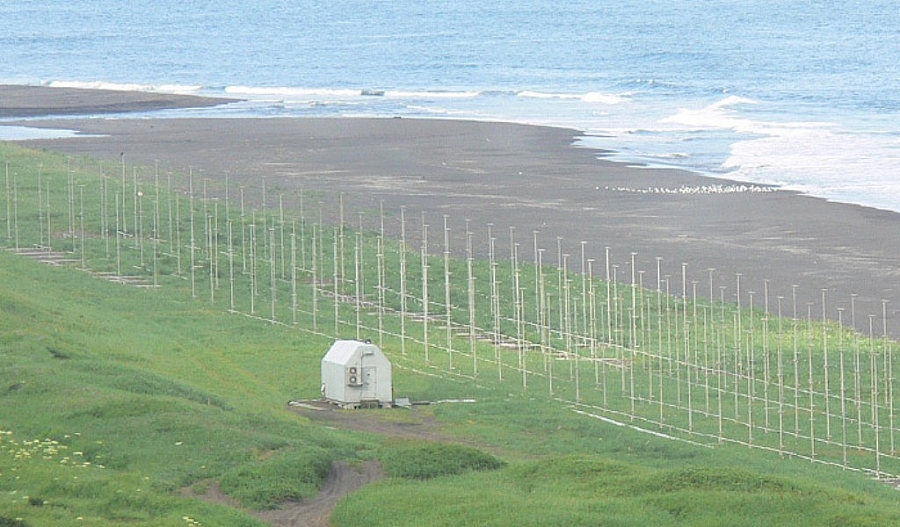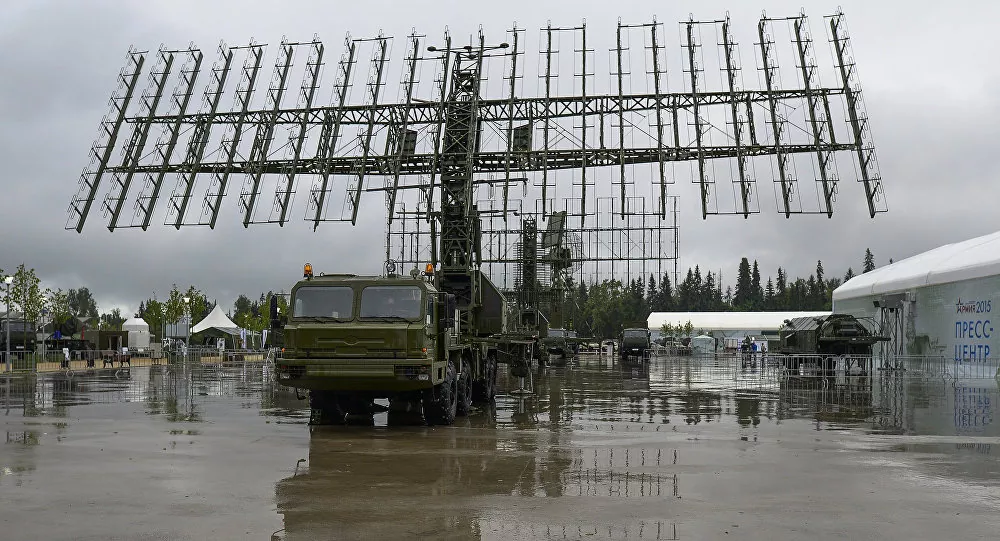Russia’s Sunflower (Russian: Podsolnukh) over-the-horizon radar can detect the stealth fifth-generation fighter aircraft or any other jet that was designed to avoid detection, Russian media, Svobodnaya Pressa reported.
The Podsolnukh radar is capable of detecting even the most advanced Lockheed Martin’s F-35 Lightning II aircraft present in the Pentagon’s arsenal. According to Sputnik News, the Podsolnukh (Sunflower) short-range over-the-horizon surface-wave radar is developed by Moscow-based OJSC NPK Research Institute Long-Range Radio Communications (NIIDAR). The Russian Defense Ministry plans to deploy several of these systems in the Arctic, as well as on Russia’s southern and western borders.
What is Sunflower Radar? And How Does It Work?
According to the reports, the Sunflower radar is over-the-horizon surface-wave radar which means an exceptionally powerful structure that can emit several tens of thousands of waves along the surface using emitters and receiving radio antennas, which are operated by entire power plants.
Follow us on Google News to get the latest defense news and analysis
These kinds of radars use the effect of the reflection of radio waves from the ionosphere, and then from the surface of the earth. After that, the signal with information “about what was seen beyond the horizon” is returned to the radar receiving array. Such radars are capable of detecting aircraft and ballistic missiles located at a distance of up to 3-4 thousand kilometers. It is the working of ‘single-hop’ radar.

While the ‘two-hop’ radars use a double reflection of a wave from the ionosphere, in the manner of ping-pong. They use a gigantic amount of energy to operate and can take up to five years or more to build. The Don-2N is an example of such a radar. It emits 250 MW in a single pulse. They are called over-the-horizon sky-wave radars. They are used for the early warning of missile attacks.
The Sunflower over-the-horizon radars have a shorter range but are more technologically advanced. These radars unfold in 10 days and require only 3 people to operate.
Russia began developing the “Sunflower” radar technology about two decades ago. The scientific principles on which it is based are “as old as electricity.” The first radar was put into service in 2006.According to the SVPressa report.
There is an additional advantage that these types of radars bring to the table. “Short-wave stations see stealth fighter jets as clearly as WWII-era aircraft.” Though the F-35 has cutting-edge technology and was specifically created to avoid detection by radars or sonars.
The Sunflower radar is easy to operate and it does not have much equipment. The radar stations have to be placed 370 km apart to receive complete coverage.
Sea- and Shore-based OTHR systems are becoming increasingly popular in coastal nations, who want to protect their exclusive economic zones from piracy, smuggling, and illegal fishing. They also have military applications. The radars are capable of issuing alerts in case of an invasion or subversive activity. Sputnik reported.
Also Read:
According to Sputnik News, three Sunflower radar stations are operational in Russia at the moment. They are located in the Sea of Okhotsk, the Sea of Japan, and the Caspian Sea.
The development of the Sunflower radar is important for Russia because there are only 30 airborne early warning aircraft in service with the Aerospace Forces and only three of them A-50U meet the requirements of our time. So it is critical for Moscow to develop a large number of these radars to secure its borders. According to the reports, it is calculated that in order to completely cover the border of the radar station with a surface wave, it is necessary to install radar stations with an interval of 370 km.
According to Sputnik News, the UK, Australia, Germany, Italy, China, and Japan have certain achievements in the field of over-the-horizon surface-wave radars.
Analysis:
The development of such technologically advanced radars by Russia will definitely give them an edge over their adversaries to secure their borders and to detect even the most advanced stealth fighters like the F-35s.


